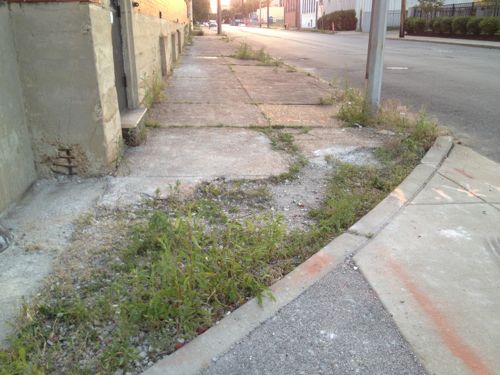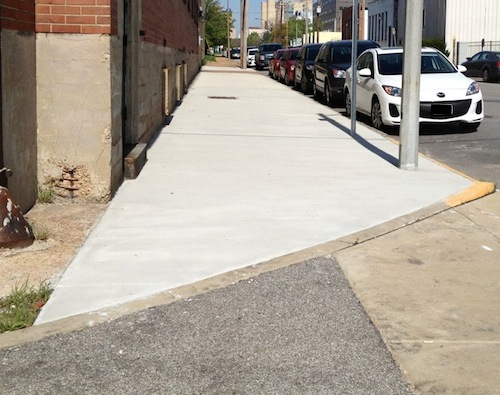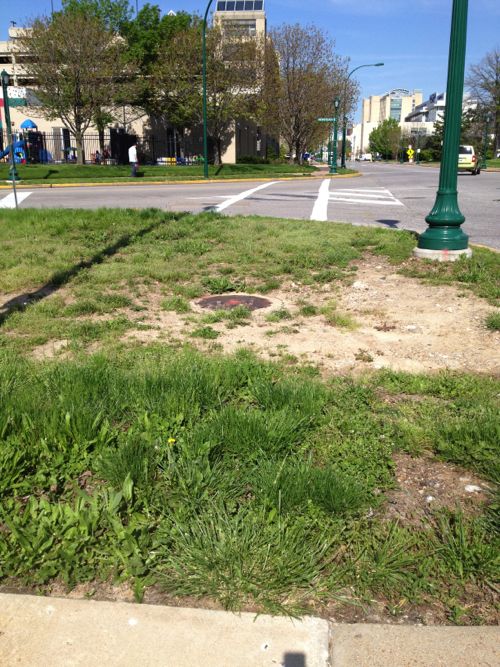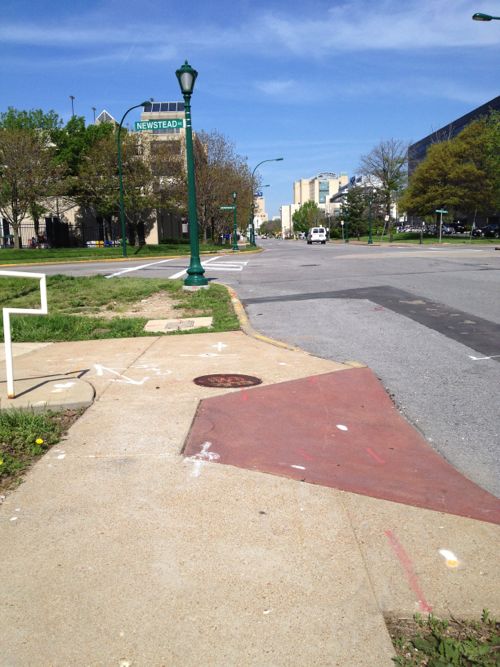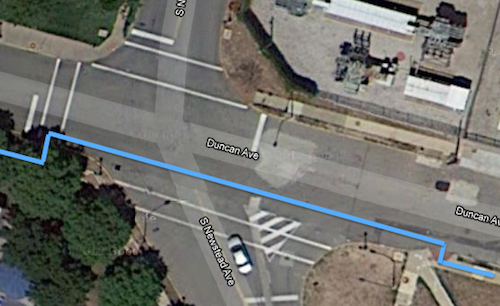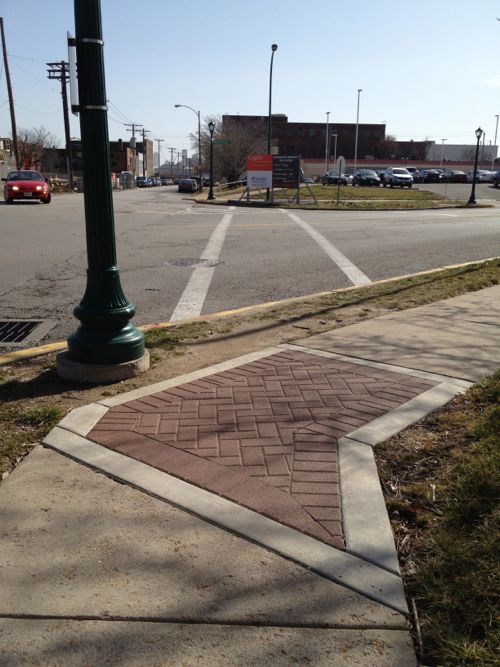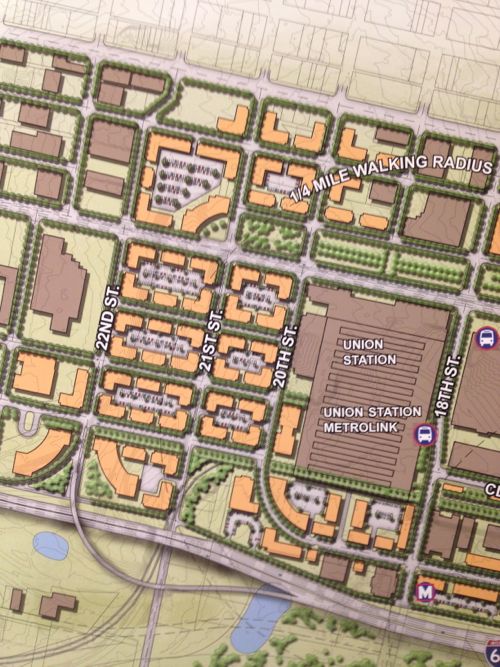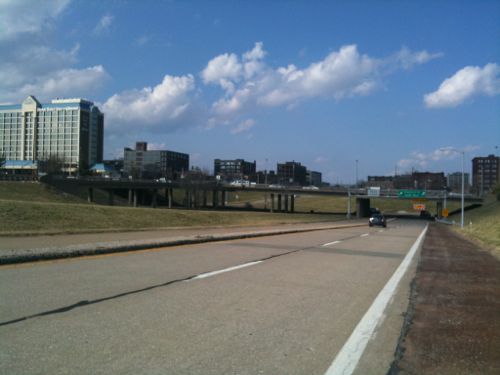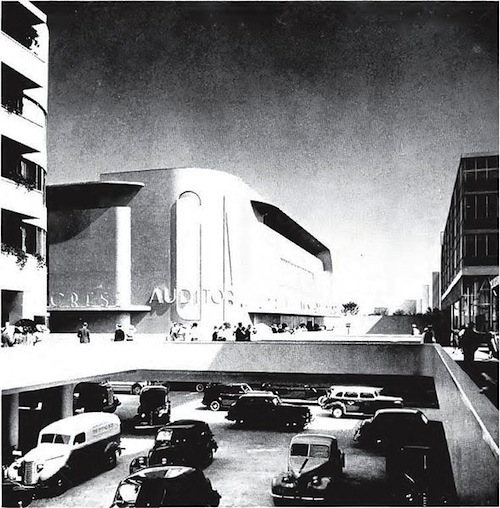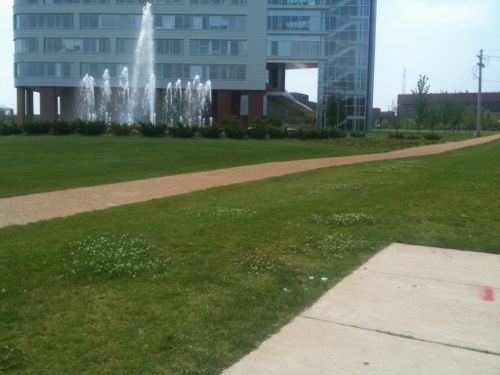The following is from a press release:
—
MORE STRIKES HIT ST LOUIS’ LARGEST FAST FOOD CHAINS
Inspired by New York City and Chicago Fast Food Walkouts, St. Louis Workers Strike Major National Chains
First-ever St. Louis Fast Food Walkout; STL Can’t Survive on $7.35 Campaign Launches Calling For $15 and the Right to Form a Union without Retaliation; Aims to Get St. Louis’ Economy Moving Again
ST. LOUIS— Workers walked off their jobs at Jimmy John’s and McDonald’s Wednesday in the first-ever fast-food strike to hit St. Louis and more 100 workers are expected to join them today. In their one-day strikes of major national brands like McDonald’s, Jimmy Johns, Domino’s, Hardees and Wendy’s are on strike, the employees are calling for wages that support their families and the right to form a union without retaliation.
The workers’ campaign, STL Can’t Survive On $7.35, seeks to put money back in the pockets of the 36,000 men and women who work hard in the city’s fast food restaurants, but still can’t afford basic necessities like food, clothing, and rent. The Self-Sufficiency Standard for an adult with one child living in St. Louis County is $14.84 per hour working full time. If workers were paid more, they’d spend more, helping to get St. Louis’ economy moving again.
“There are days I wonder, ‘how am I going to get home’ because I can’t afford my bus fare,” said Patrick Leeper, who has worked at Chipotle for more than three years, “Sometimes I walk for more than an hour just to save my train fare so I can spend it on Ramen noodles. I can’t even think about groceries.”
Fast food workers bring $1 billion a year into the cash registers of St. Louis, yet most of these workers earn Missouri’s minimum wage of $7.35, or just above it, and are forced to rely on public assistance programs to provide for their families and get healthcare for their children. They’re coming together for $15 per hour and the right to form a union so they can support their families, and put money back into the economy.
“I’ve been at Jack in the Box for four years, cleaning and prepping food and all I get paid is $7.55 without any benefits,” said Anita Gregory, a mother of one, who is expecting her second child in the next few weeks. “I’m tired of having to struggle to survive while working so hard.”
It would take a typical St. Louis fast food worker minimum-wage full-time worker more than 1,300 years to earn as much as the CEO of YUM! Brands, which owns Taco Bell, KFC and Pizza Hut, made in 2012.
The two days of strikes here in St. Louis come just weeks after hundreds of fast food and retail workers went on strike in Chicago and hundreds more walked off their jobs in New York City. The strikes by low-wage workers began on Black Friday back in November, with hundreds of Walmart workers walking off their jobs. It spread weeks later to fast food, with workers embarking on the first-ever strike to hit the industry.
Low-wage jobs have accounted for the bulk of new jobs added in the recovery, and fast food positions are among the fastest-growing in St. Louis. Workers here, like those around the country, are increasingly joining together to fight for higher wages that will lift the economy.
“Workers in fast-food jobs are no longer freckle-faced teenagers looking for some summer pocket change,” said the Rev. Martin Rafanan, director of STL $7.35. “Increasingly, fast food jobs are the only options for St. Louisans, but these workers can’t even afford to pay for rent, food and bus fare. If the workers earned more, fast food workers would spend that money at local businesses here in St. Louis and help lift our economy.”
Founded in February of 2013, the St. Louis Organizing Committee is an independent union of fast food workers. The workers’ STL Can’t Survive on $7.35 campaign seeks a $15 an hour wage and the right to form a union without retaliation. The STL Can’t Survive on $7.35 campaign is supported by a coalition of dozens of community, labor and faith-based groups including: ACTION; Adorers of the Blood of Christ; St. Louis AFL-CIO; AFSCME Illinois Council 31; Aquinas Institute; ARAW/Jobs with Justice National; Ascension Episcopal; Bethel Lutheran; Coalition of Black Trade Unionists, St Louis, Central Reform Congregation; Central Reform Congregation; Eastern District Laborer Council 110; Eden Seminary; Epiphany UCC; Episcopal Diocese; Families USA; Gethsemane Lutheran Church; Jobs with Justice Workers’ Right Board; Kirkwood UCC; Missouri Jobs with Justice; MO Health Care For All; MORE; National Nurses United; New Life Evangelistic Center; Parkway United Church of Christ; People’s World; Personal UFCW655; Presbyterian Church USA; PROMO; ProVote; SEIU Health Care; SEIU Local 1; St John’s Catholic Church; St John’s Episcopal; St Joseph’s Catholic Church; St Margaret of Scotland; St Mark Lutheran; St Peter’s United Church of Christ; St. Pius; St Thomas United Church of Christ; Teamsters 688;The Bridge at Newtown; United Church of Christ in Afton; United Food and Commercial Workers 655; United Food and Commercial Workers 88; Wayman African Methodist Episcopal Church; Westminster Presbyterian; Westside Baptist; Young Activists United
